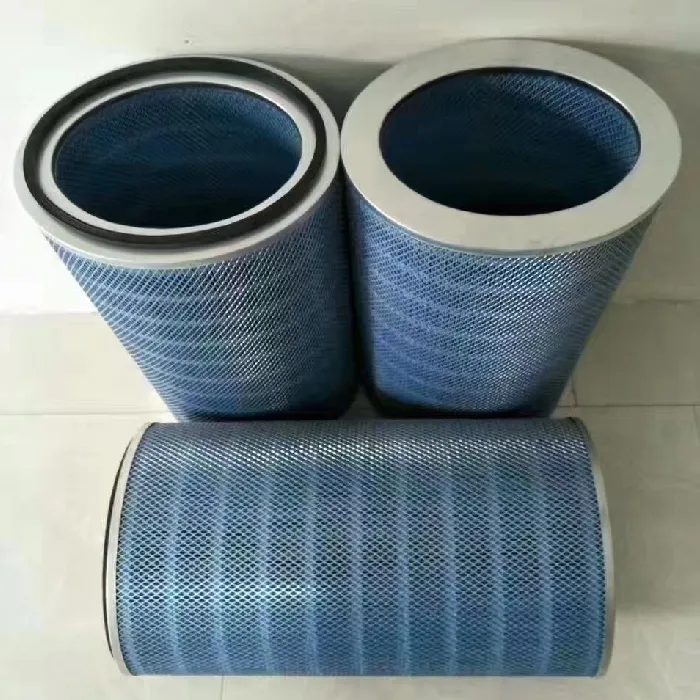11 月 . 02, 2024 13:48 Back to list
bent laminated glass
Understanding Bent Laminated Glass Applications and Advantages
Bent laminated glass, a versatile and innovative building material, is gaining traction in various architectural and design applications. This type of glass combines multiple layers of glass with interlayers, allowing it to be shaped during the manufacturing process. The result is a robust, aesthetically pleasing product that can meet specific structural and design requirements.
Production Process
The manufacturing of bent laminated glass involves the lamination of flat glass sheets with a polymer interlayer (often made of polyvinyl butyral, or PVB). The glass sheets are initially heated and then bent into the desired shape using molds. Once formed, the layers are bonded together under heat and pressure, creating a single, solid piece of glass that retains excellent optical clarity and strength. This process not only enhances the structural integrity of the glass but also allows for a variety of curves and shapes that traditional flat glass cannot achieve.
Design Flexibility
One of the primary advantages of bent laminated glass is its design flexibility. Architects and designers can create stunning facades, skylights, and other architectural features that are both functional and visually striking. The ability to produce custom shapes enables the integration of innovative designs into buildings, making it an appealing option for contemporary architectural projects. Additionally, bent laminated glass can be combined with various treatments, such as tints and low-E coatings, to enhance its performance and energy efficiency.
Strength and Safety
bent laminated glass

Bent laminated glass is known for its exceptional strength and safety characteristics. The lamination process increases its resistance to impact and breakage compared to regular glass. In the event of breakage, the interlayer holds the shards together, reducing the risk of injury from sharp glass fragments. This safety feature is particularly important in commercial and public buildings, where high foot traffic may pose a greater risk. The combination of flexibility and durability makes it an ideal choice for applications where both aesthetics and safety are paramount.
Applications
The use of bent laminated glass spans various sectors, including residential, commercial, and automotive industries. In architecture, it is commonly used for creating curved facades, wall systems, and glass canopies. In interior design, bent glass elements can be employed as partitions, staircases, or furniture accents, enhancing the visual flow of spaces. Additionally, in the automotive sector, curved laminated glass is essential for windshields and side windows, improving aerodynamics while ensuring passenger safety.
Environmental Considerations
As sustainability becomes increasingly crucial in modern construction, bent laminated glass offers environmentally friendly options. Many manufacturers incorporate recycled materials into their production processes, and the energy efficiency of laminated glass can contribute to reduced heating and cooling costs in buildings. Furthermore, the longevity and low maintenance requirements of bent laminated glass make it a sustainable choice compared to other materials.
Conclusion
In conclusion, bent laminated glass is a remarkable material that harmoniously combines aesthetics, strength, and safety. Its ability to be shaped into unique forms allows for creative architectural solutions, while its durability ensures long-lasting performance. As the industry continues to evolve, the applications and benefits of bent laminated glass are likely to expand, solidifying its role as a cornerstone in modern architecture and design.
-
Wired Glass: A Strong and Secure Glass Solution for Various Applications
NewsNov.04,2024
-
Tinted Glass: A Stylish and Functional Choice for Modern Homes
NewsNov.04,2024
-
The Elegance and Versatility of Silver Mirrors
NewsNov.04,2024
-
The Advantages of Copper Free Mirrors
NewsNov.04,2024
-
Tempered Glass: A Reliable Choice for Modern Applications
NewsNov.04,2024
-
Pattern Glass: Stylish and Functional Glass for Modern Design
NewsNov.04,2024
Related PRODUCTS














